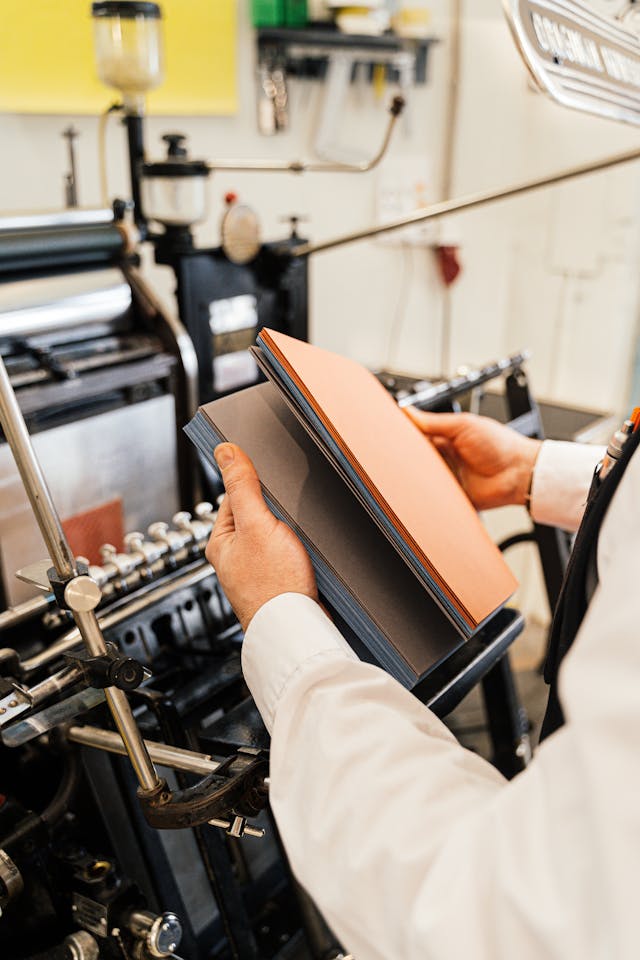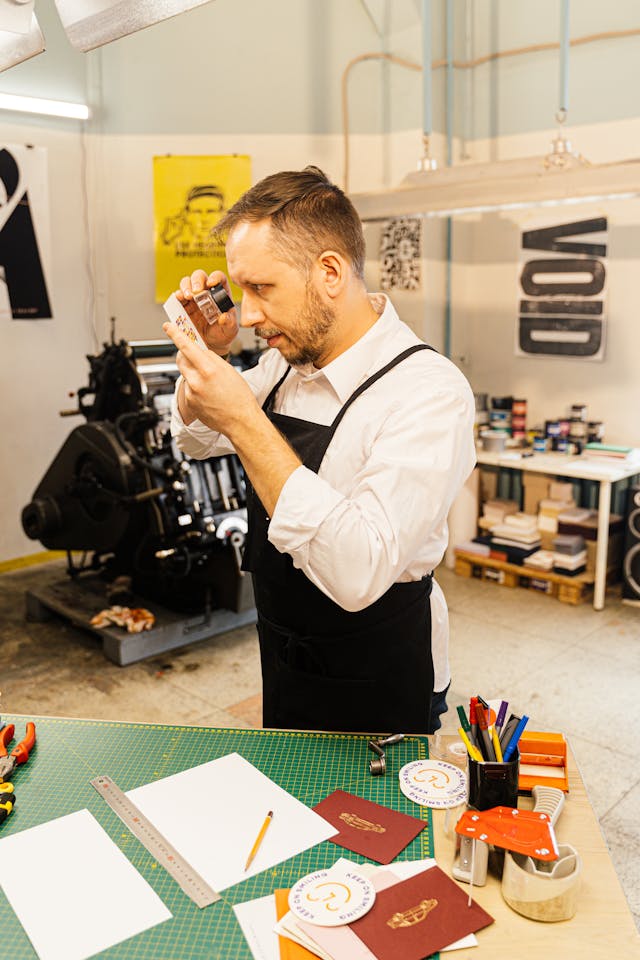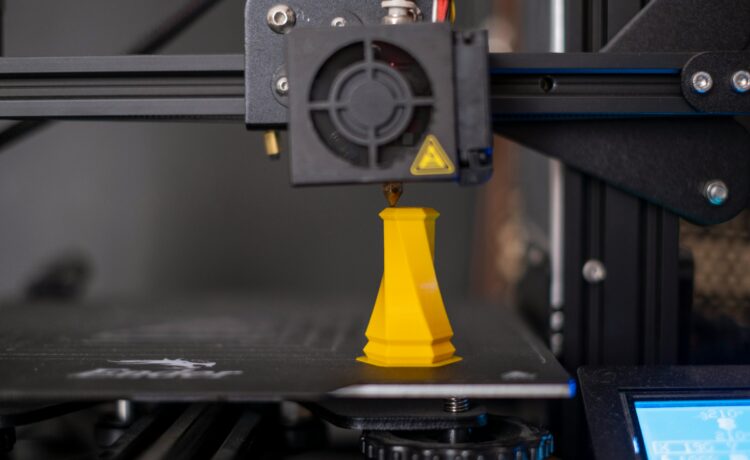3D printing has transformed product design and manufacturing, opening up tremendous opportunities for innovation across various sectors. From prototyping to small series production or bespoke solutions, 3D printing has become a key technology for many businesses in Australia. And despite its growing popularity, many people still struggle to get the most out of their 3D printing. Novice or pro, there are several common mistakes that can be made, which can be frustrating, lose time, and material. Here in this post, we will guide you through some of the most common 3D printing mistakes and provide hands-on tips on how to avoid them so that you can have smoother and more successful prints.
Incorrect Printer Calibration
The first and arguably most common mistake people make in 3D printing is not calibrating their 3D printer. Calibration is necessary to ensure the printer is running at its best. If your printer isn’t calibrated, you’ll get warping, misaligned layers and inconsistent extrusion. Australian product development specialists recommend users to check and calibrate their printers regularly to ensure accuracy. Proper calibration involves adjusting the bed level, nozzle height and temperature settings for the material being used. Not calibrating can result to failed prints or poor quality prints that won’t meet your expectations. So take the time to calibrate your printer before starting any project and you’ll be good to go for successful 3D printing.

Using the Wrong Material for the Job
Another common mistake that can lead to disappointing results is using the wrong type of filament or material for the job. Filaments come in different types, PLA, ABS, PETG and others, each with its own characteristics that make them suitable for different applications. Using the wrong material can result to prints that are too fragile, not durable enough or prone to warping. For example if you’re printing an item that needs to withstand heat, PLA might not be suitable as it has a relatively low melting point. You need to understand the properties of the material you’re using and match it to the specific needs of your print. Failing to do so will mean wastage of time and material and ultimately affect the success of your project.
Inconsistent Print Settings
Print settings like temperature, speed and layer height are critical to the quality of your 3D prints. The most common mistake is not adjusting these settings to the material being used or to the complexity of the design. For example, printing at the wrong temperature or too fast can cause under extrusion, stringing, or poor layer adhesion. Also, use the right layer height for the resolution and detail the project requires.

Forgetting Print Environment and Bed Adhesion
Another mistake that often occurs is not taking the environment around the 3D printer, especially in the print bed adhesion, into consideration. If the print bed has not been well prepared or if the print is poorly attached, it can lead to prints failing to stick on the bed and thus warp, or the print could even detach halfway through the process. Different materials require different types of bed adhesion methods, such as using glue sticks, painter tape, or heated beds. For example, when printing with ABS, a heated bed is important so that warping is prevented, while PLA will stick to a non-heated bed but may still require the use of adhesion aids such as an application of glue or a special adhesive sheet. Making sure the print bed is clean and properly prepared prior to beginning your print will make a big difference in the quality of the finished product.





